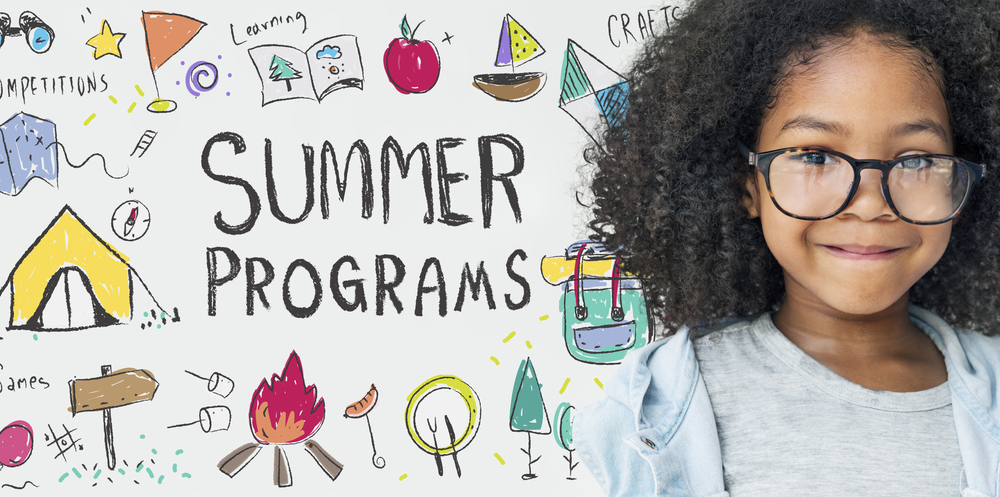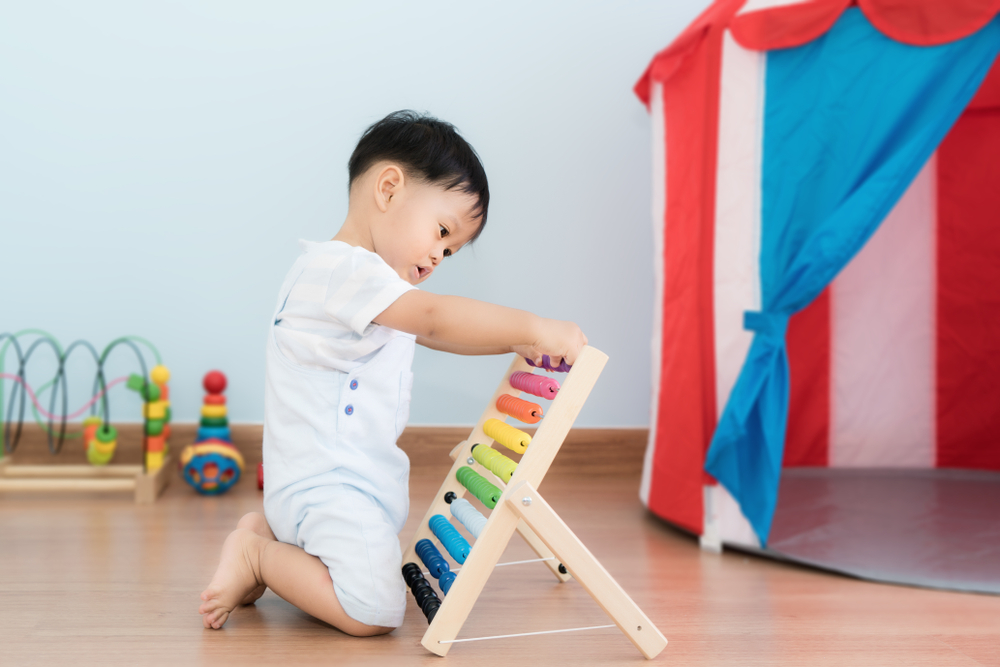Letter recognition Normal Worksheets for 9-Year-Olds
19 filtered results
-
From - To
Our Letter Recognition Normal Worksheets for 9-Year-Olds are perfect for improving your child's reading and writing skills. Designed for fun and effectiveness, these worksheets help young learners recognize and differentiate letters through engaging activities and exercises. Each worksheet provides a series of practice tasks aimed at reinforcing letter shapes and sounds, ensuring a solid foundation for literacy development. Ideal for educational settings or at-home practice, our carefully crafted materials support your child's journey to become a confident reader and writer. Transform learning time into an enjoyable experience with our expertly designed worksheets!
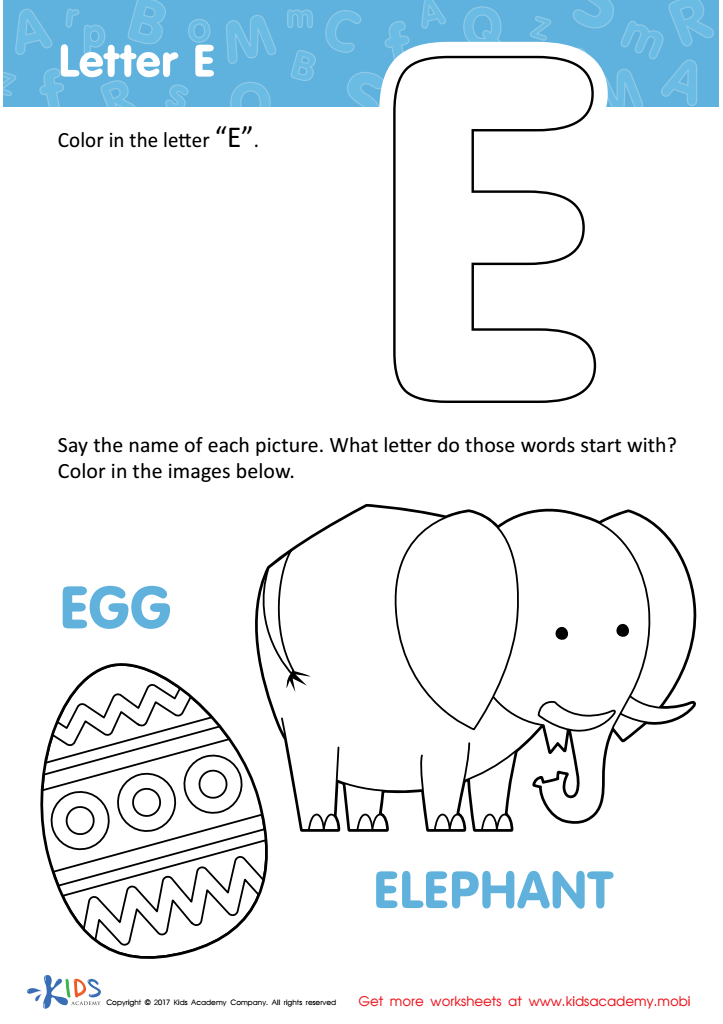

Letter E Coloring Sheet
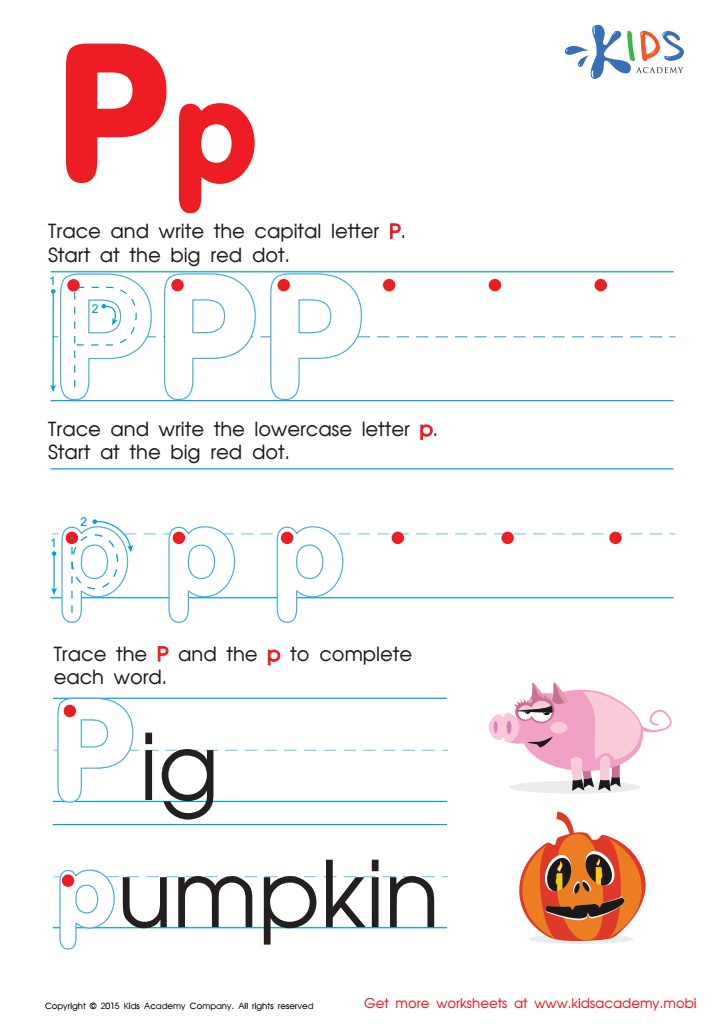

Letter P Tracing Page
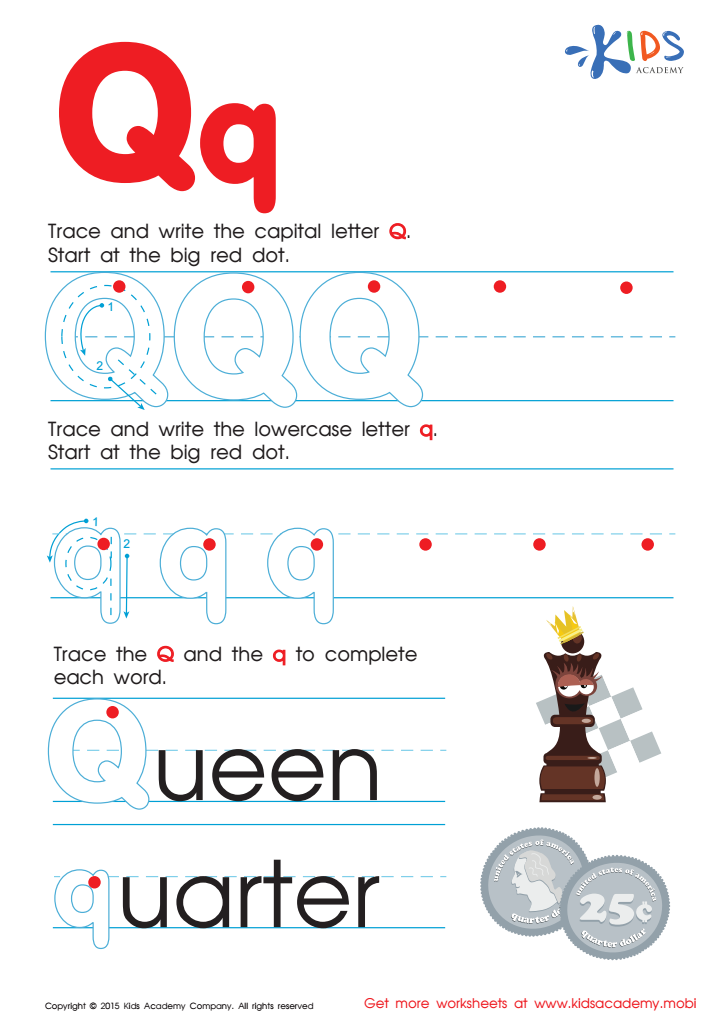

Letter Q Tracing Page
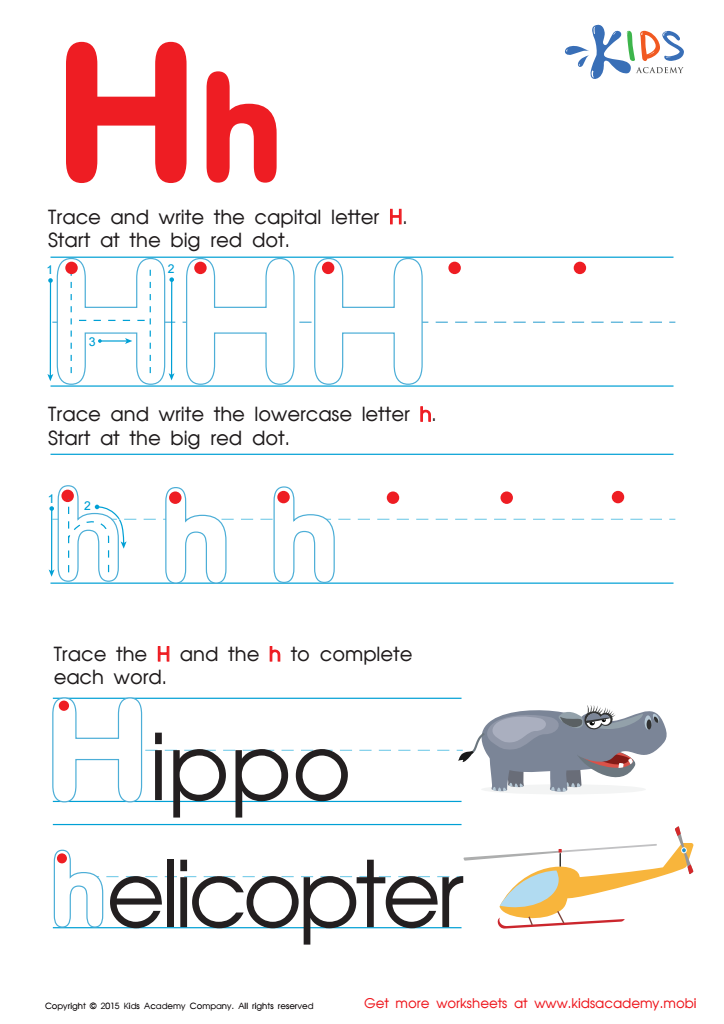

Letter H Tracing Page
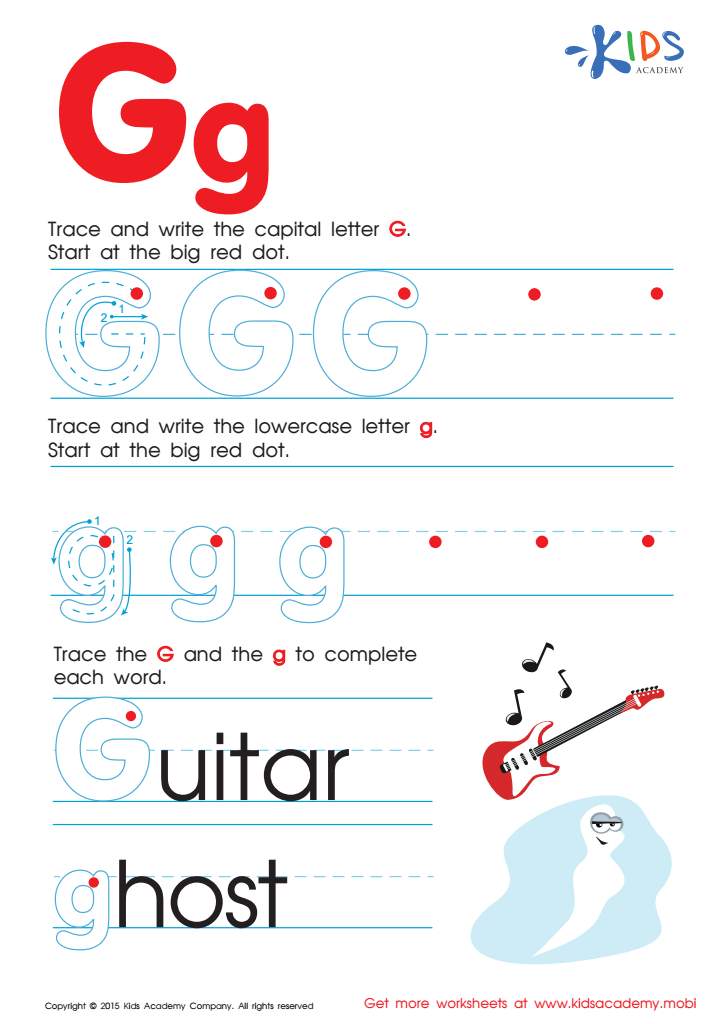

Letter G Tracing Page
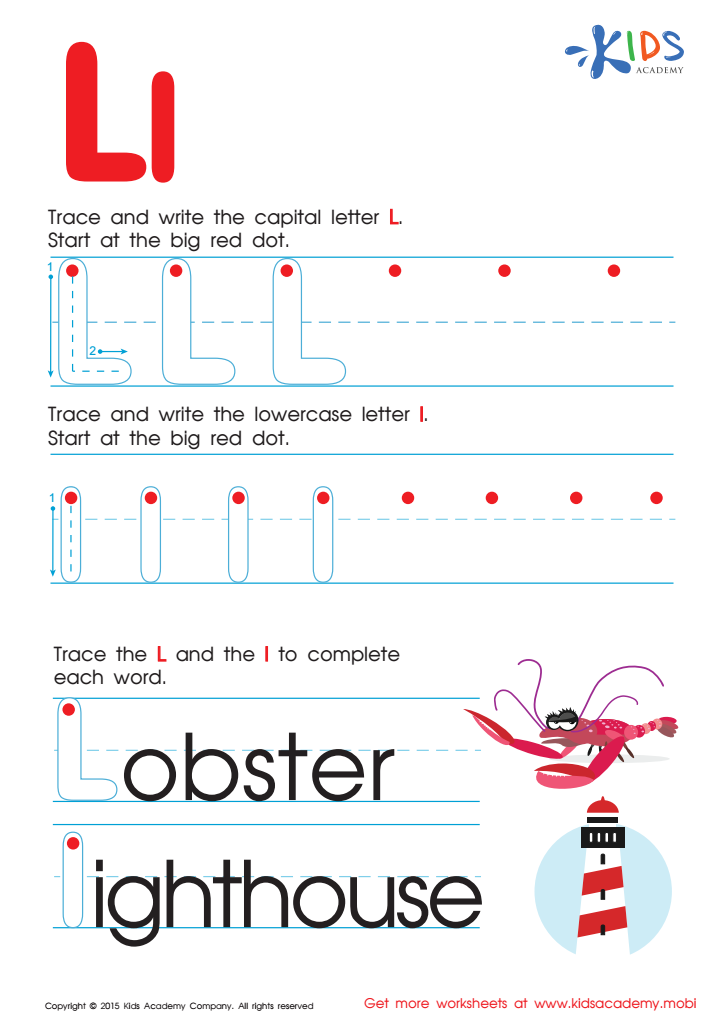

Letter L Tracing Page
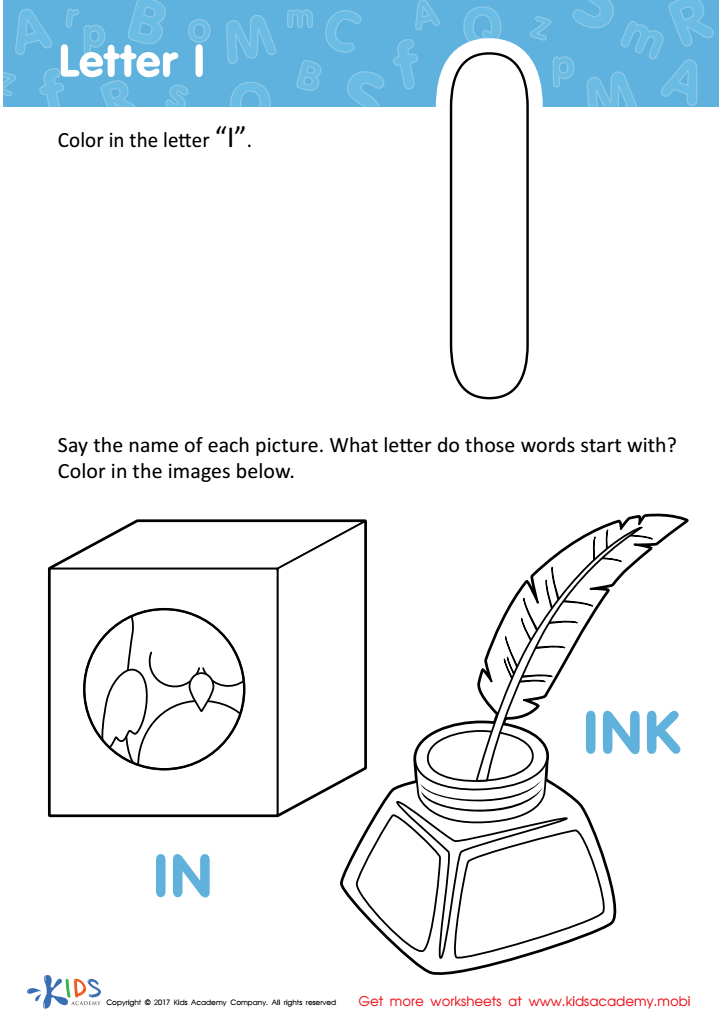

Letter I Coloring Sheet
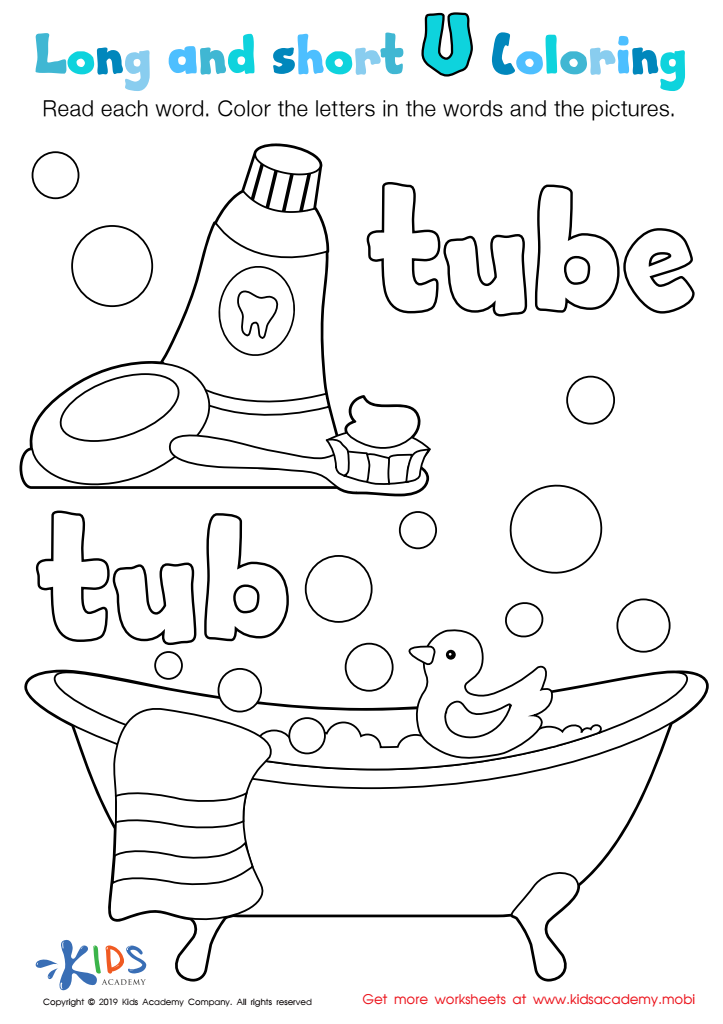

Long and Short U Worksheet
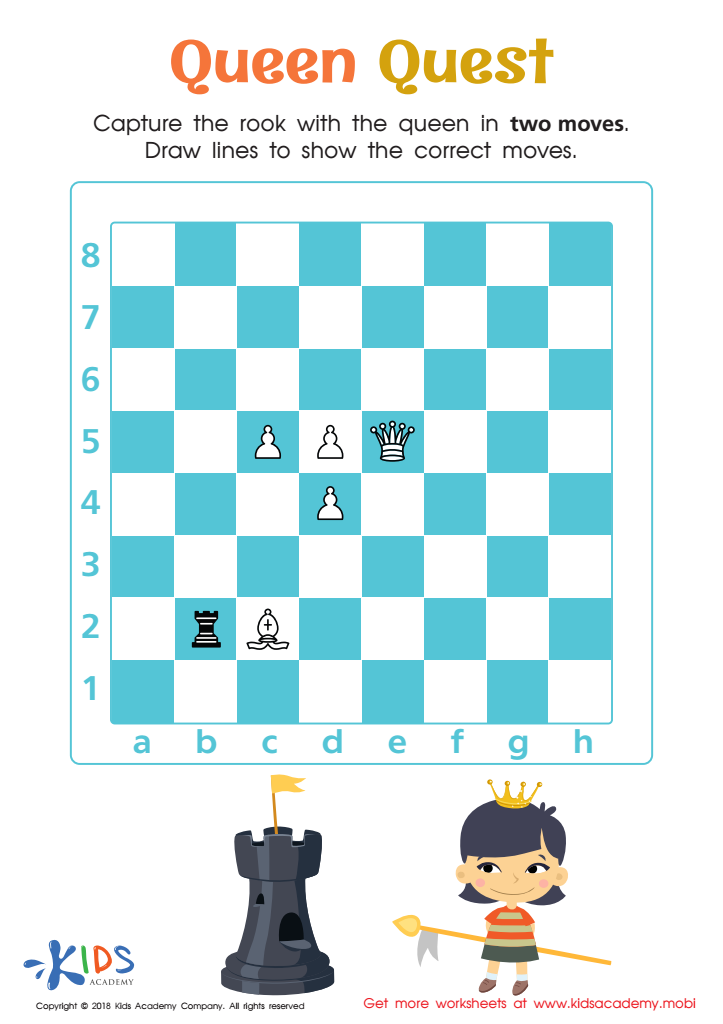

Queen Quest Worksheet
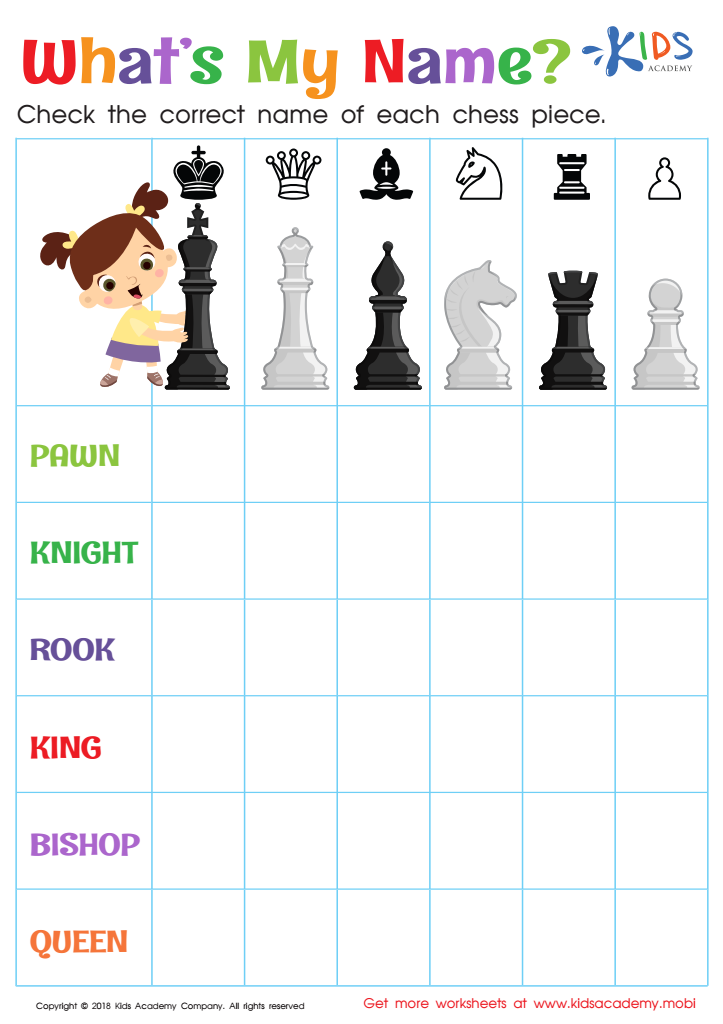

What's My Name? Worksheet
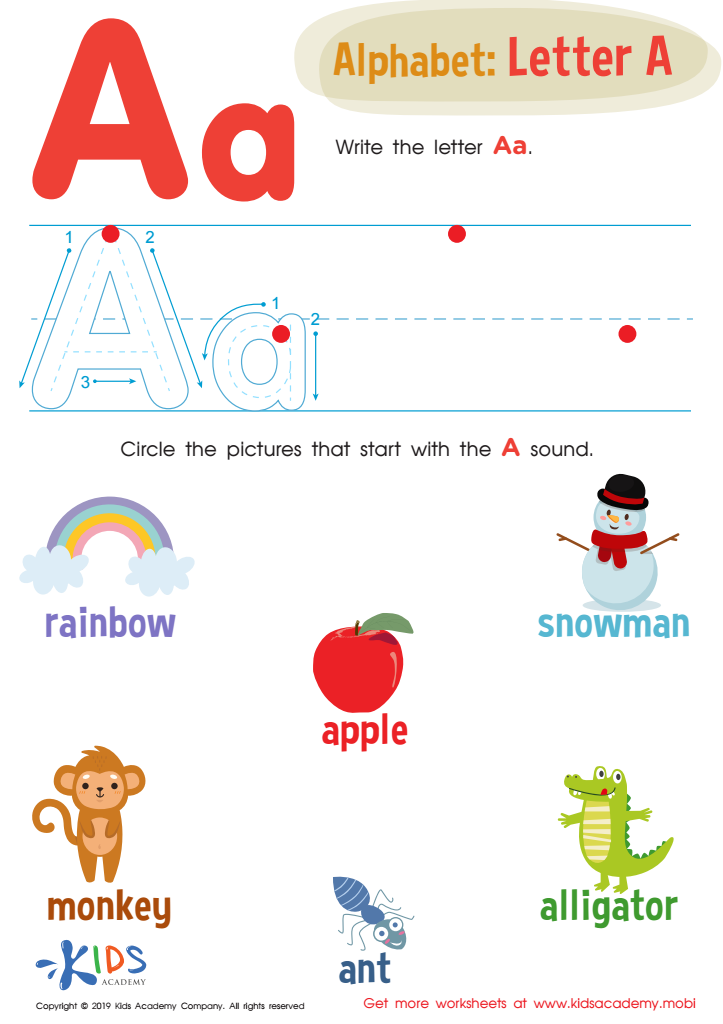

Letter A Tracing Worksheet
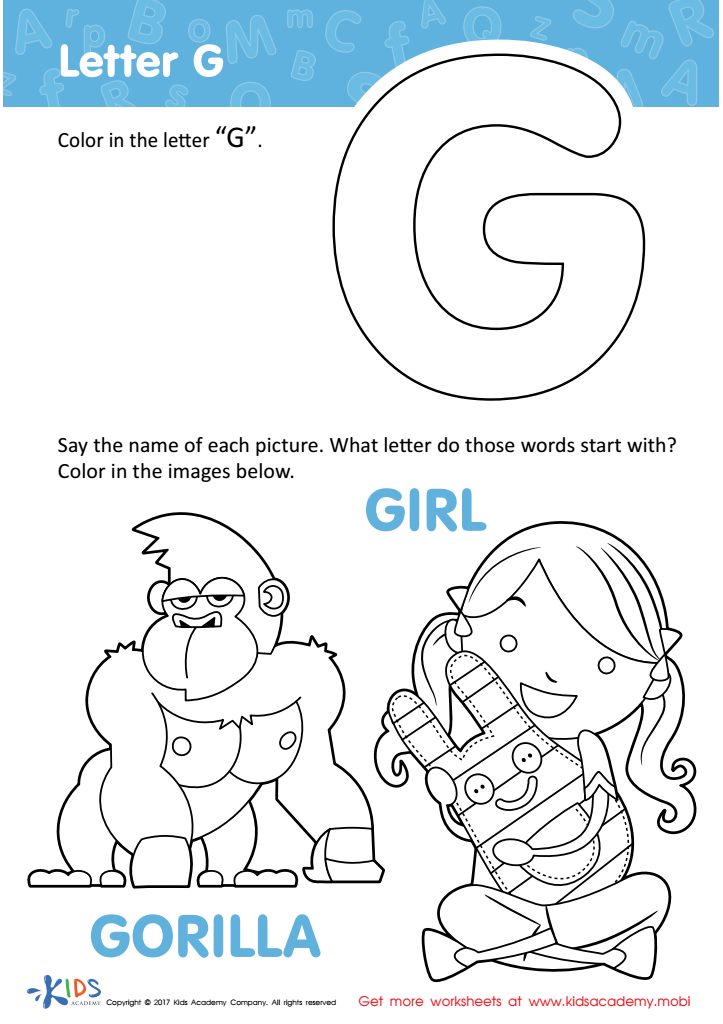

Letter G Coloring Sheet
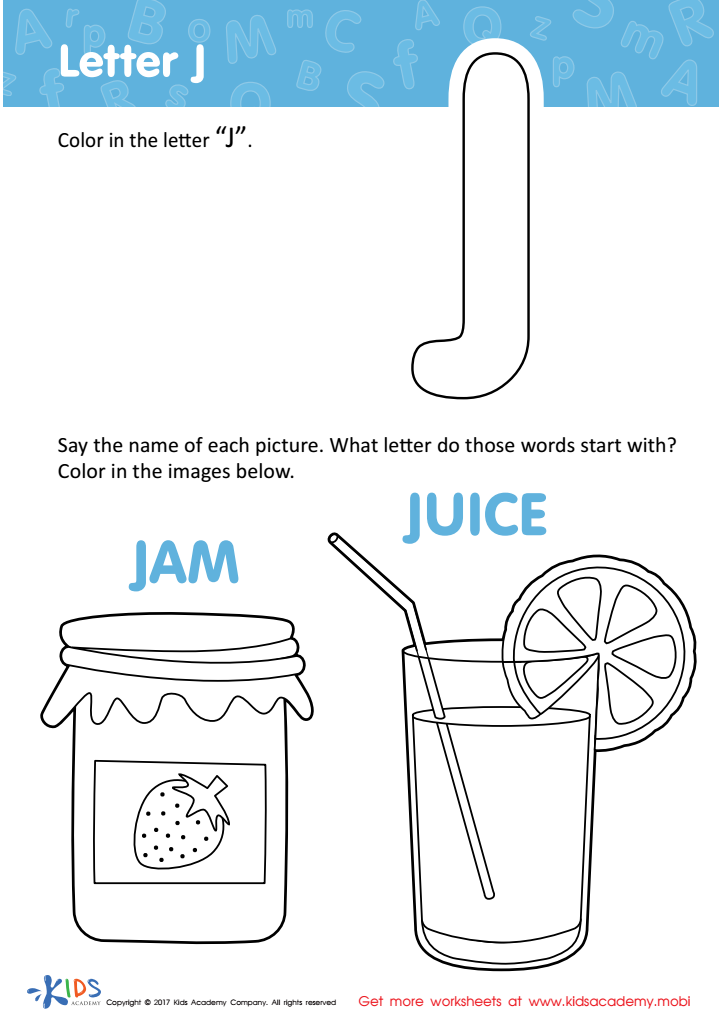

Letter J Coloring Sheet
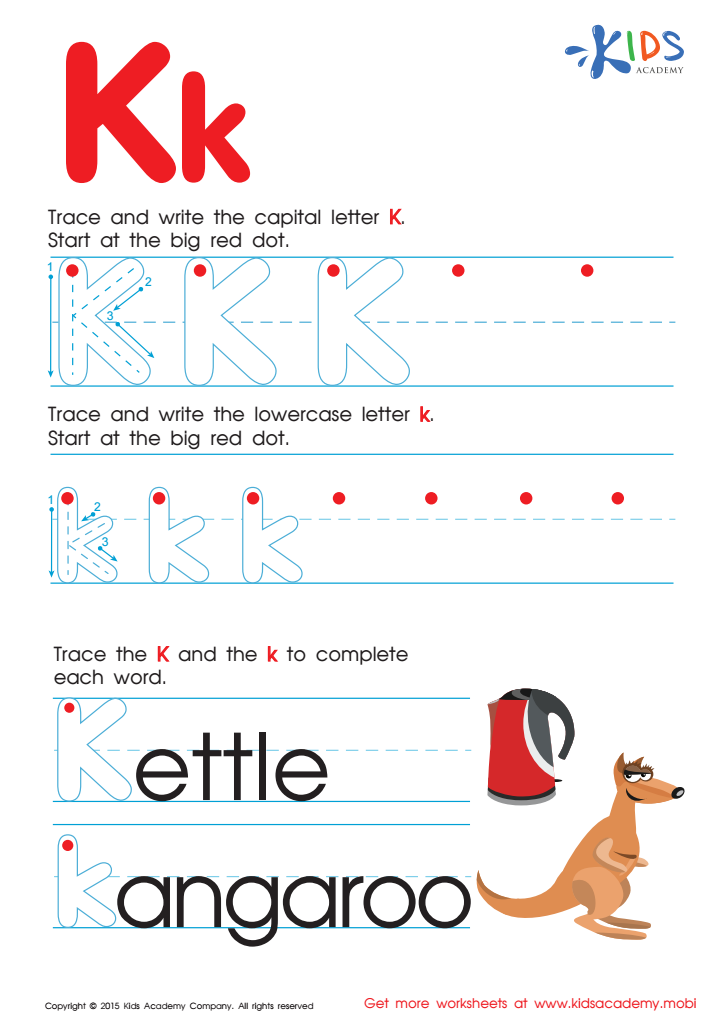

Letter K Tracing Page
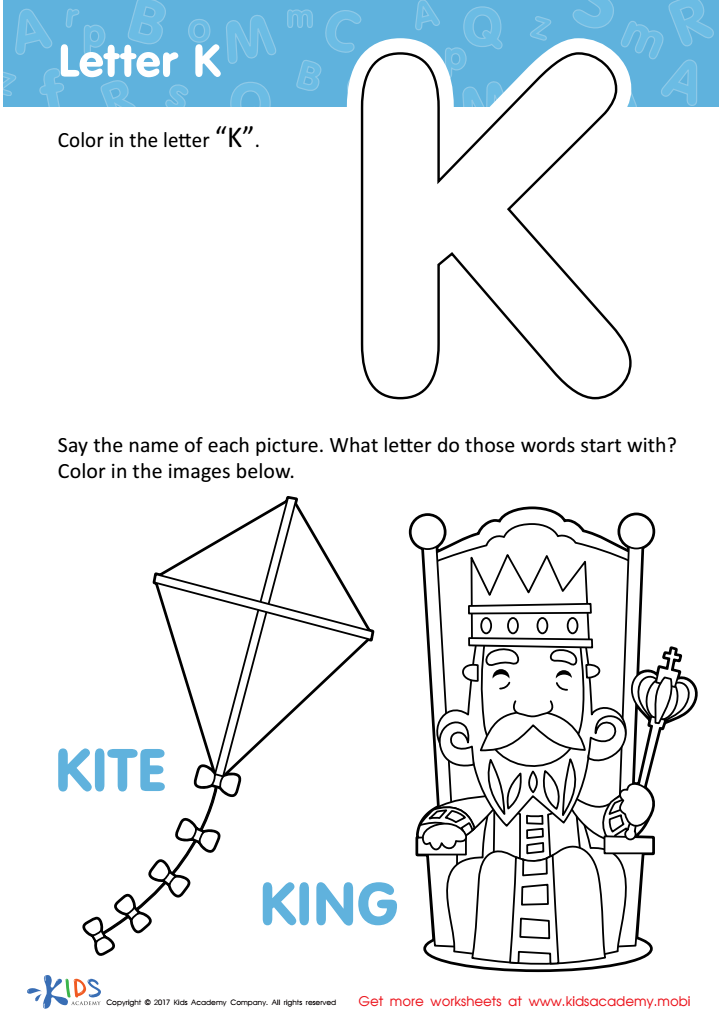

Letter K Coloring Sheet
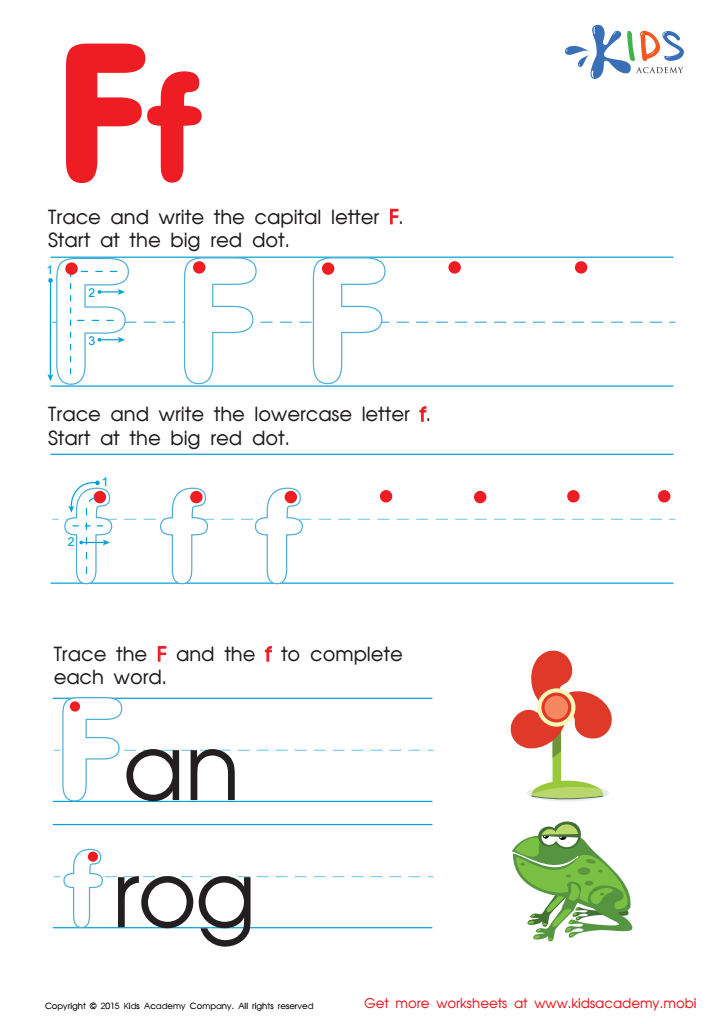

Letter F Tracing Page
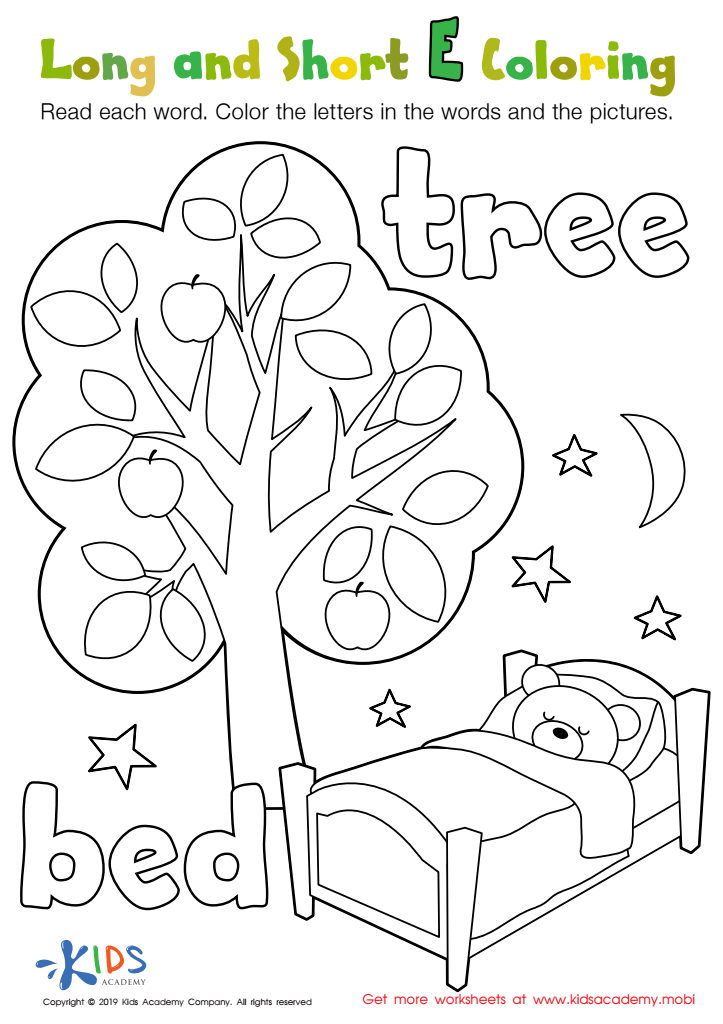

Long and Short E Worksheet
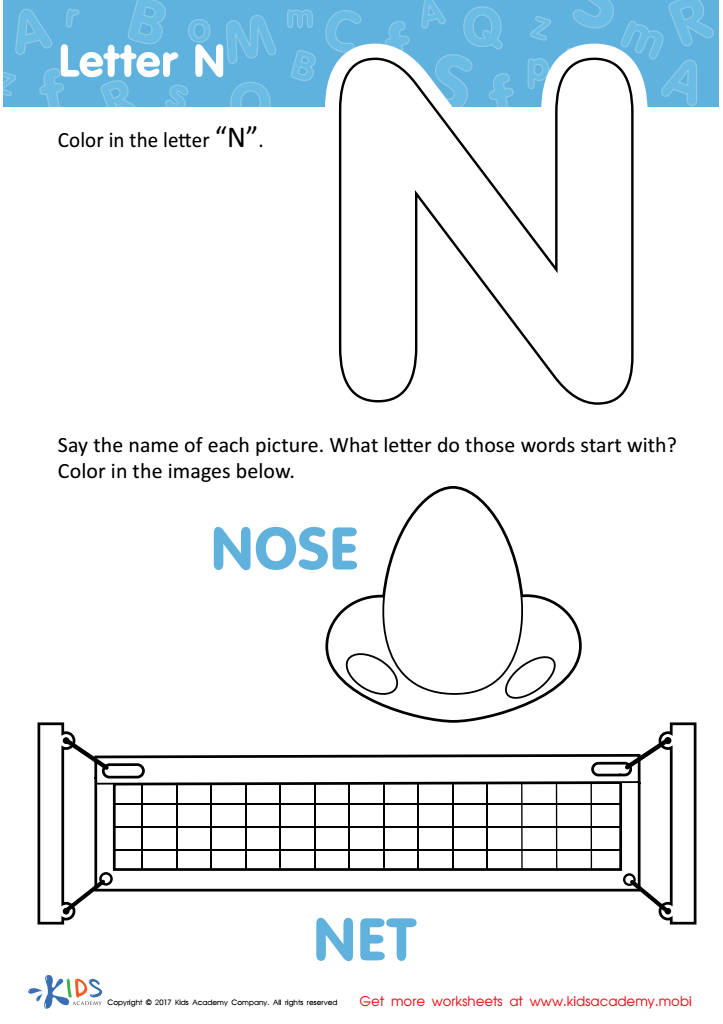

Letter N Coloring Sheet
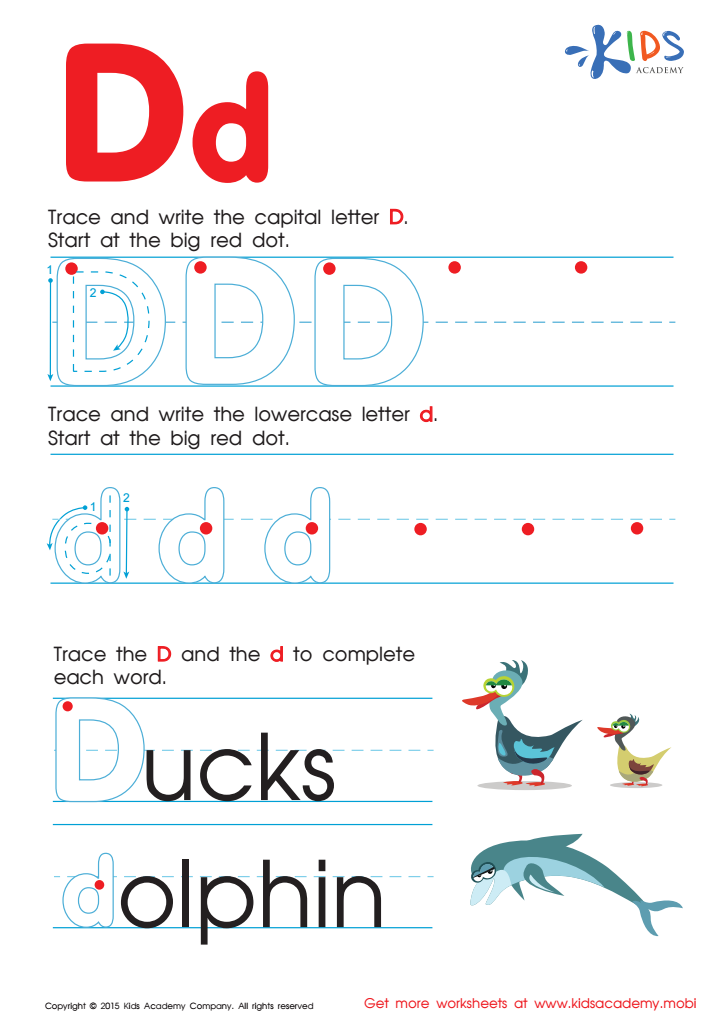

Letter D Tracing Page
Letter recognition is a foundational literacy skill that plays a crucial role in a child’s ability to read, write, and succeed academically. By the age of 9, children are ideally expected to have mastered this skill. Normal letter recognition means that a child can identify letters both in and out of context, differentiate between uppercase and lowercase letters, and understand that each letter represents a specific sound (phonetic awareness).
Parents and teachers should be concerned about letter recognition at this age because it directly impacts reading fluency and comprehension. If children struggle to recognize letters, they may find reading laborious and slow, making it harder to concentrate on the meaning of the text. This can lead to frustration, a lack of confidence, and a disinterest in reading altogether.
Furthermore, letter recognition is tied to written expression. If a child cannot easily identify letters, writing becomes a challenging task, impairing the ability to communicate ideas effectively. This also affects spelling and the acquisition of more complex literacy skills.
Early detection and support for children with letter recognition difficulties can mitigate future academic challenges. Through targeted interventions, engaging in reading activities at home, and consistent practice, parents and teachers can foster a love for reading, ensuring the child progresses smoothly through subsequent educational stages.

 Assign to My Students
Assign to My Students





